FunBITS: The World of Audiobus and iPad Music Apps
Working with audio apps on the iPad used to frustrate me. While there is no shortage of inspiring and surprisingly capable music creation software available for iOS, anyone who has dabbled in the iPad’s musical world has discovered its most significant limitation: apps not working together. Because iOS apps can’t share data with one another directly, it’s disappointing to discover that there’s no simple way to add a riff you just created in a guitar app directly to your GarageBand project in iOS. Fortunately, Audiobus for iOS ($4.99 in the App Store) solves the app-to-app audio problem, making it essential if an iPhone or iPad is part
of your musical life.
Hop on the Bus — Audiobus acts as glue between multiple iOS audio apps. Offering a unique way to link inputs, effects, and outputs together, Audiobus lets musicians chain apps together as though they were connecting wires between parts of a circuit. Each app in the Audiobus chain has a purpose: it creates audio (input), applies an effect, or receives audio (output). Some apps can perform more than one of these actions. This approach to inter-application communication is both elegant and incredibly powerful — especially within iOS’s sandboxed app environment.
In the above screenshot, I’ve set Animoog as the input and GarageBand as the output, with no effects added. This enables me to play the synthesiser in Animoog and record its output directly to a song I’m working on in GarageBand. No more exporting waveforms from one app and sending them back and forth via email, no clunky iTunes sharing, just direct live data sharing using Audiobus. To add an input, effect, or
output, just tap the relevant plus button and select the app from the list. To remove an app from Audiobus, tap the eject button.
Because iOS sandboxing normally prevents apps from communicating directly, app developers must add support for Audiobus in their software. The promise of what Audiobus offers has enticed over 1,000 developers to sign up to add support to their apps so far, with more than 100 apps already sporting full integration. The real mark of Audiobus’s popularity in the iPad audio community is that even Apple has added Audiobus support to the iOS version of GarageBand. Needless to say, every music app I mention here has Audiobus support.
Driving the Bus — Once you understand the basics of Audiobus — sending audio from one app to another — more advanced features open themselves up to experimentation. Adding an effect becomes simple: continuing from our earlier example, the input remains Animoog and the output remains GarageBand, but we can add a distortion effect between the two, using AmpKit to render the signal being recorded by GarageBand gritty and distorted.
That’s a simple example, but once you add a few more audio apps to the chain, switching among them becomes onerous. The solution is Audiobus’s Connection Panel, a floating control that appears in Audiobus-savvy apps to provide an easy way to interact with apps in your Audiobus signal chain. By default, you can quickly switch between Audiobus apps with the Connection Panel, but app developers can also add controls for their own apps in the panel.
If the Connection Panel obscures some other control, you can move it via the dotted area at the top, and it’s easy to hide entirely by swiping the dotted area to the side of the display. To reveal the Connection Panel again, swipe in from an edge of the display until a small silver tab appears, just as you swipe down from the top of the display to show Notification Center. Pull on the small silver tab and the Connection Panel extends into the display.
The Connection Panel allows intricate manipulation of audio from background music apps. For example, when using Bebot to create some stunning synthesiser sounds, I wanted a bit more grit. I hooked up AmpKit as an output in Audiobus, and — after configuring a rich and thick distortion to be applied to Bebot’s synth tone — toggled AmpKit’s effect on and off while playing Bebot itself.
The Apps on the Bus — What makes Audiobus compelling is the apps that it connects. The partnership between the Audiobus development team and the iOS community has been great, with many developers praising the ease of integration. Alex Mathieu, developer of GlitchBreaks, said of Audiobus, “It is a fantastic SDK to work with, and the people developing it are super helpful, and extremely responsive.”
To find your own inspiration, check out this curated list of Audiobus-compatible iOS apps on the Audiobus Web site. It’s search-friendly and easy to filter by device (iPhone or iPad) and use (input, effect, or output), and you can even sort by date. If there’s a specific type of app you’re looking for, this is the place to go.
But if you’re just getting started in the world of Audiobus — or iOS music apps in general — here’s a list of seven Audiobus-savvy apps for the iPad that I enjoy, along with a brief overview of their features. This isn’t the place for a full review of each, but I’ll highlight some of my favourite tips and tricks so you can get the most out of an Audiobus setup with just a few simple downloads.
GarageBand — Apple’s GarageBand ($4.99) is a must for any Audiobus user. A port of the Mac app, GarageBand is a high-quality digital audio workstation that provides up to eight tracks for recording and editing. The interface is equally beautiful and simple to use — just as you’d expect from an Apple-designed piece of software.
GarageBand is an Audiobus output app, and it’s my software of choice for recording and editing tracks on iOS. The Audiobus integration turns an already brilliant app into a game changer. GarageBand’s built-in software instruments, while impressive, are dwarfed by the collection of Audiobus-capable apps that you can now easily record, edit and mix together. Creating your own unique songs has never been easier.
Animoog— I won’t pretend to know much about synthesisers — physical or software-based — but I’ve had a ton of fun with Animoog ($19.99), a polyphonic synthesiser app for iPad. Created by the prestigious company Moog, the app is a full-featured tool with which musicians can generate a seemingly infinite array of sounds.
Animoog is an input for Audiobus. My favourite way to use it starts by choosing a key and scale to play in. After a bit of fooling around, I set Animoog as an Audiobus input and GarageBand as the output. I then create a loop of around 30 seconds in GarageBand by playing some simple melodies or basslines, each on a separate track. Once these are looping continuously, it’s fun to choose a powerful lead sound (I enjoy the preset WideSawLead) and jam over the loop.
Bebot — Another synthesiser, the fun and simple Bebot ($1.99) is based around a cute robot with personality. A customisable scale appears on the iPad’s display alongside the robot, and depending where you tap, the robot’s expression changes and different sounds play. Like Animoog, Bebot is an input for Audiobus.
While some might consider Bebot a mere toy compared to Animoog, I’d disagree. Choosing a scale and key is easy to do, and some of its synth controls are extremely flexible. In fact, Jordan Rudess, keyboardist in Dream Theater, played Bebot on an iPod touch back in 2009 on the group’s single “A Rite of Passage”. If Animoog’s price is too steep, but you really
want to play with synth sounds, Bebot is a better option. Animoog was designed for professionals; Bebot is for the rest of us. But it’s still capable of making professional-sounding music, particularly in conjunction with Audiobus.
AmpKit — One particularly fun thing to with Bebot is to combine its already cool synthesised sounds with AmpKit’s (free) powerful distortion. Link Bebot up in Audiobus as an input and select AmpKit as an effect. I recommend starting with an AmpKit preset — my favourites are Dynamically Dirty and Nu Metal ValveKing.
If you want to impress others while playing, activate Audiobus’s Connection Panel in Bebot and you can toggle the AmpKit distortion as you play for even more possibilities. The enjoyment is endless and the sound quality is phenomenal. Bebot and AmpKit linked through Audiobus might be my favourite way to create music on the iPad.
Fingerlab’s DM1 Drum Machine — DM1 ($4.99) is a powerful drum machine that has been in the App Store since 2011, but I’d never given it a try until recently. When I discovered DM1 supported Audiobus as an input, I instantly started creating drum beats and mixing them together in GarageBand — it was a whole bunch of fun. If GarageBand’s drum tools have started to feel limited and you’re looking for something more advanced, DM1 is for you.
I’m no expert when it comes to drumming, but I know what I like. DM1 gives me the power to create the kind of sounds I want, with a beautiful interface and the power of Audiobus. For some truly savage sounds, try running DM1 through AmpKit: it will blow you away. And best of all, you’re guaranteed safe from spontaneous combustion.
SessionBand — Moving from drums to guitar, SessionBand Acoustic ($5.99) is a chord-based acoustic guitar loop creation app. While that’s a bit of a mouthful, its possibilities are noteworthy. Creating a rhythm section for a song has never been so easy — just choose the chords for each section and their length. If you’re trying to cover an existing song, SessionBand makes it easy: you’re just a few taps away from the acoustic guitar sounds you want.
The interface is a little unwieldy at first, but you can tap the help icon to learn how SessionBand works. In just a few minutes, I managed to create some acoustic guitar backing tracks by setting it as an Audiobus input, recording its output in GarageBand, and playing my loop back on repeat. After that, I had a lot of fun playing guitar over the top of my virtual backing band. If you want to create a rhythm guitar part but find GarageBand’s instruments too simple, SessionBand Acoustic gets my nod. Other variants of SessionBand help you create piano loops and jazz loops; there’s also the more general Original Edition.
MorphWiz — Jordan Rudess (yes, the same keyboardist who used Bebot in 2009) helped develop MorphWiz ($9.99). Partly inspired by the Haken Continuum Fingerboard, an innovative MIDI instrument that Jordan uses on stage and in the studio with Dream Theater, MorphWiz is another Audiobus input app, but one that defies simple description because it doesn’t attempt to mimic any real-world instrument. Nevertheless, it can produce a vast range of sounds, and offers a multitude of expressive possibilities.
Don’t be deceived — just because MorphWiz is an inexpensive iOS app doesn’t mean it can’t make professional-sounding music. Jordan even uses the app on stage sometimes when performing with Dream Theater. If you’re at all familiar with Jordan’s keyboard sounds, you’ll likely already know if MorphWiz is for you. And if you like MorphWiz, be sure to check out the other apps that Jordan has helped develop.
The Audiobus Route — If you’re just getting started with music on the iPad and want to have fun while learning the basics, check out Bebot, AmpKit and SessionBand. On the other hand, if you’re already serious about making music on your iPad and want expressive tools, look toward Animoog, DM1 and MorphWiz. And regardless, you need GarageBand.
All these apps are great on their own, but combining them via Audiobus turns your iPad into a music-making machine that’s greater than the sum of its app parts. And while I’ve focused on only seven apps here, there are many more out there with which you can experiment. The creative possibilities are astounding.
Audiobus integration has become so important that if I run across an iPad music app that doesn’t support Audiobus, I don’t even continue reading about it, let alone bother to download it. I have rarely been let down by this approach — almost every music creation app I tried while choosing the above seven already boasted Audiobus support. MorphWiz was the only one that didn’t initially, and it received an update while I was writing with its primary new feature being — you guessed it — Audiobus integration.
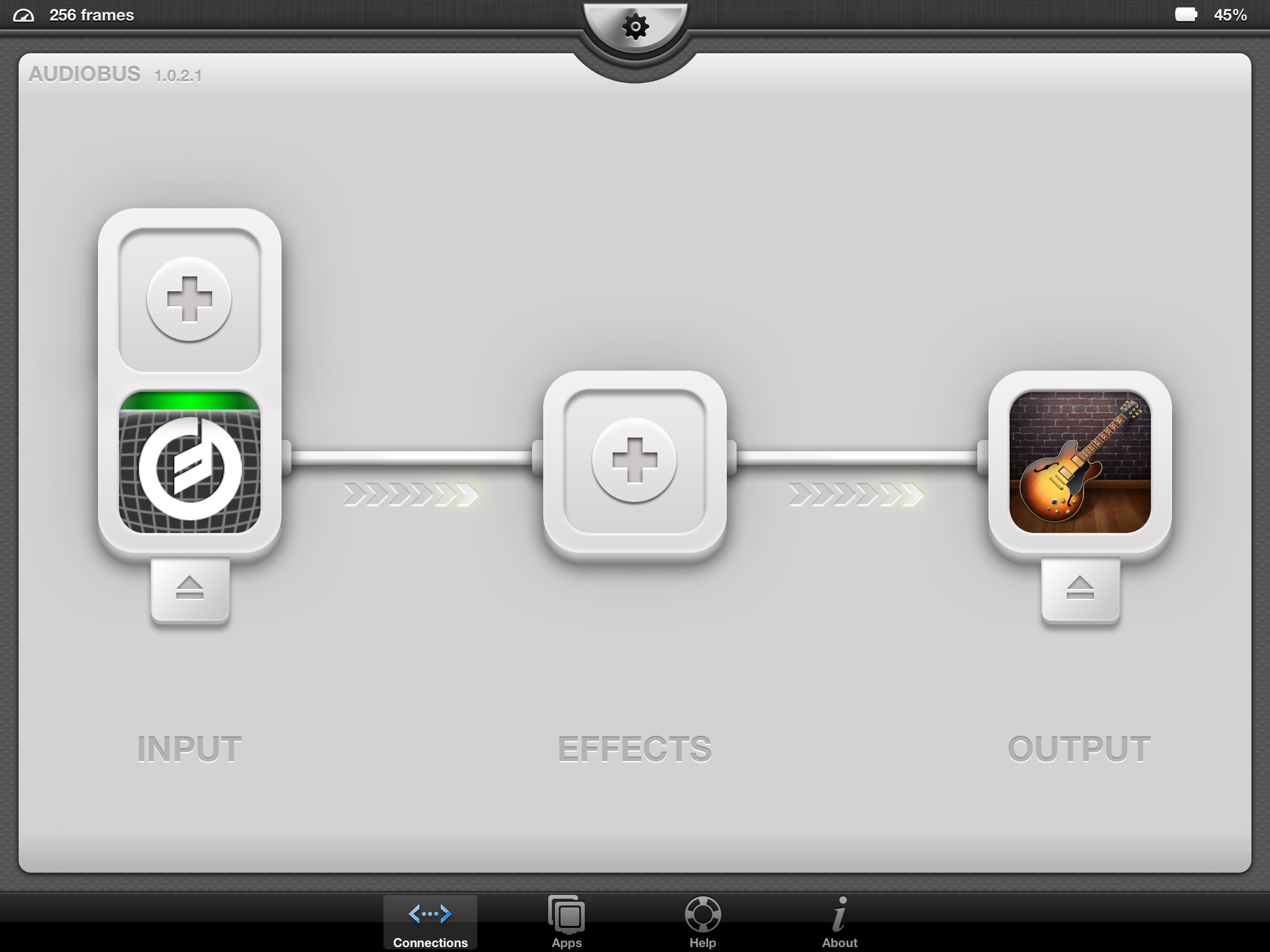
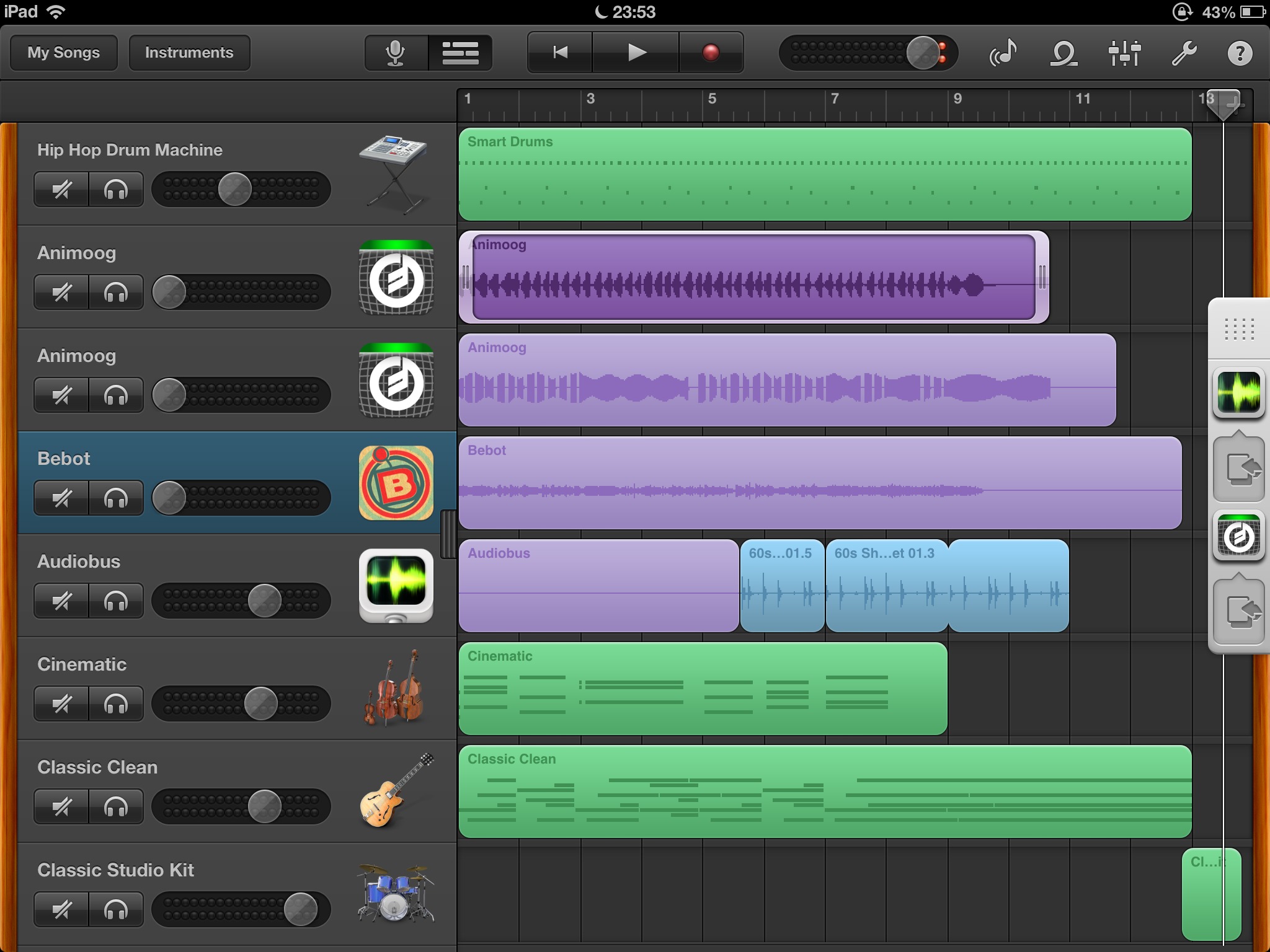
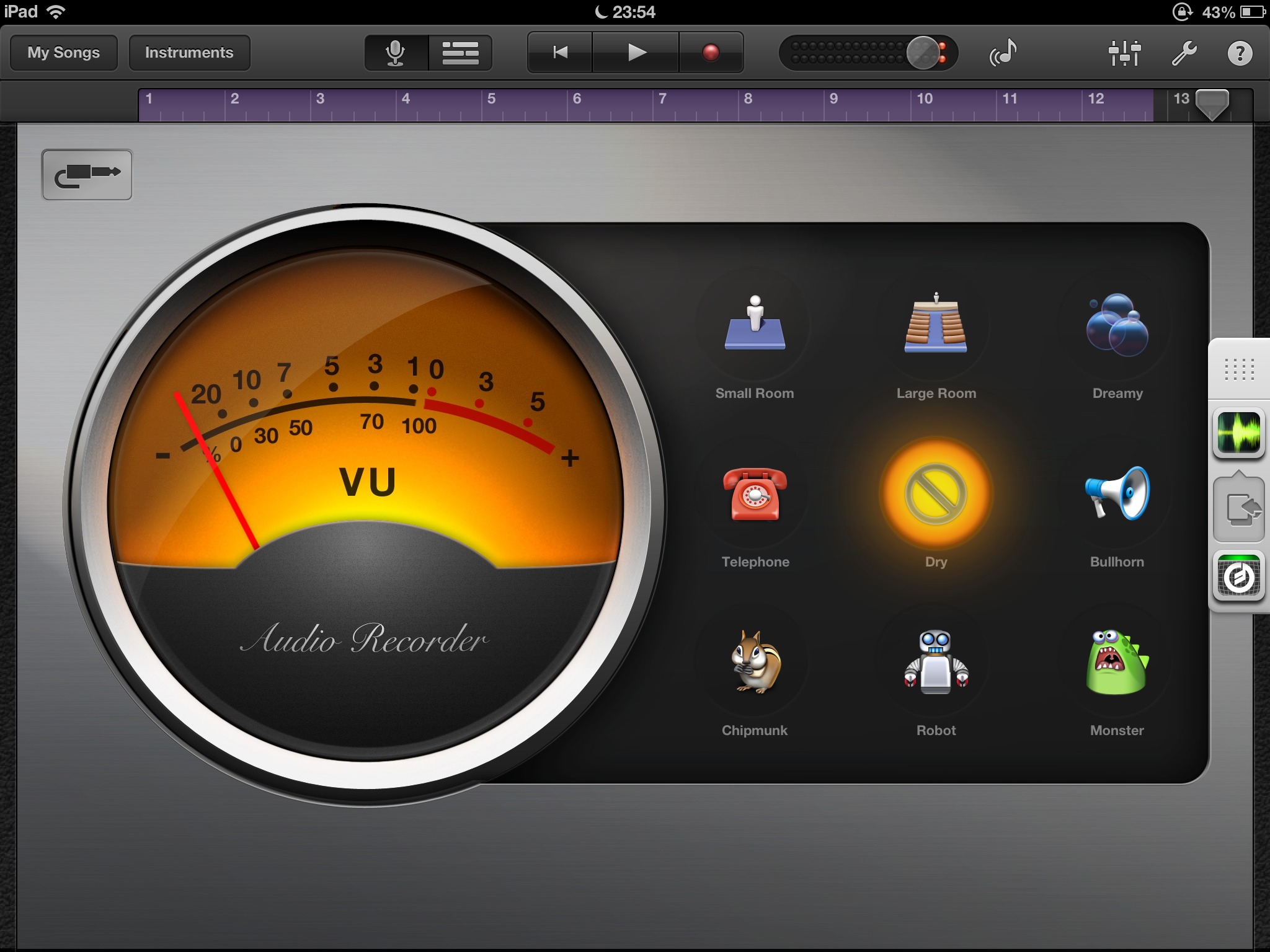
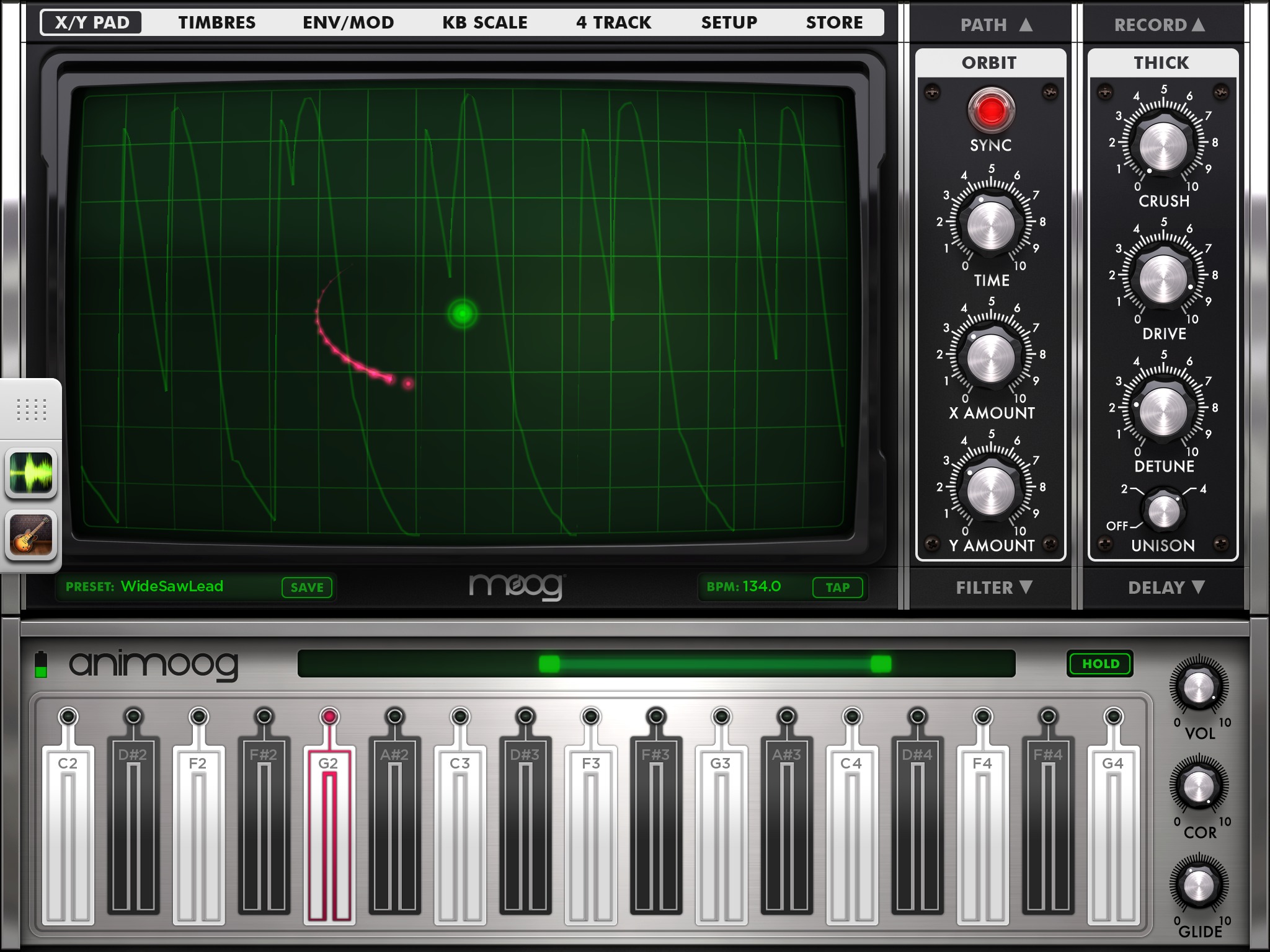
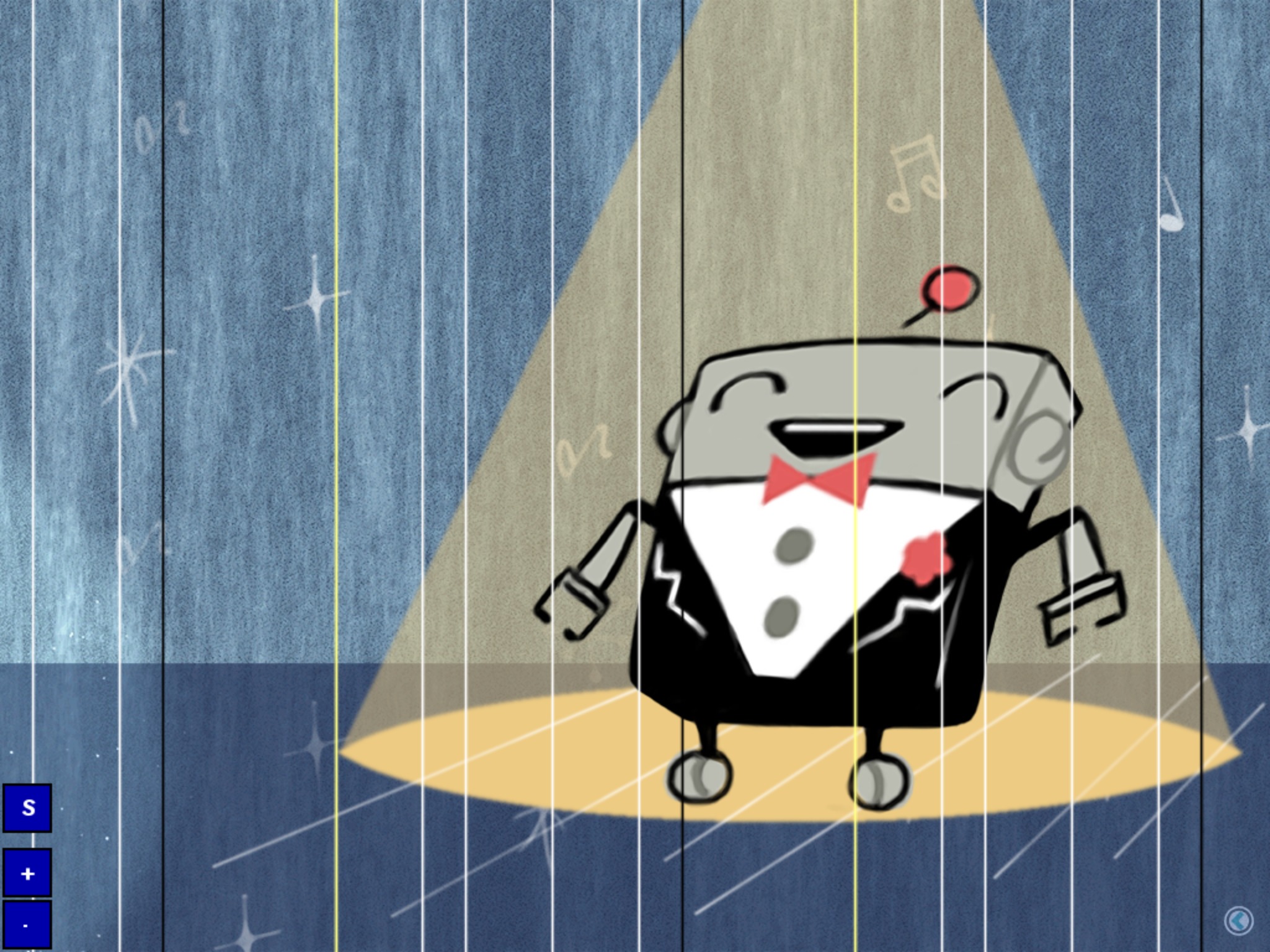
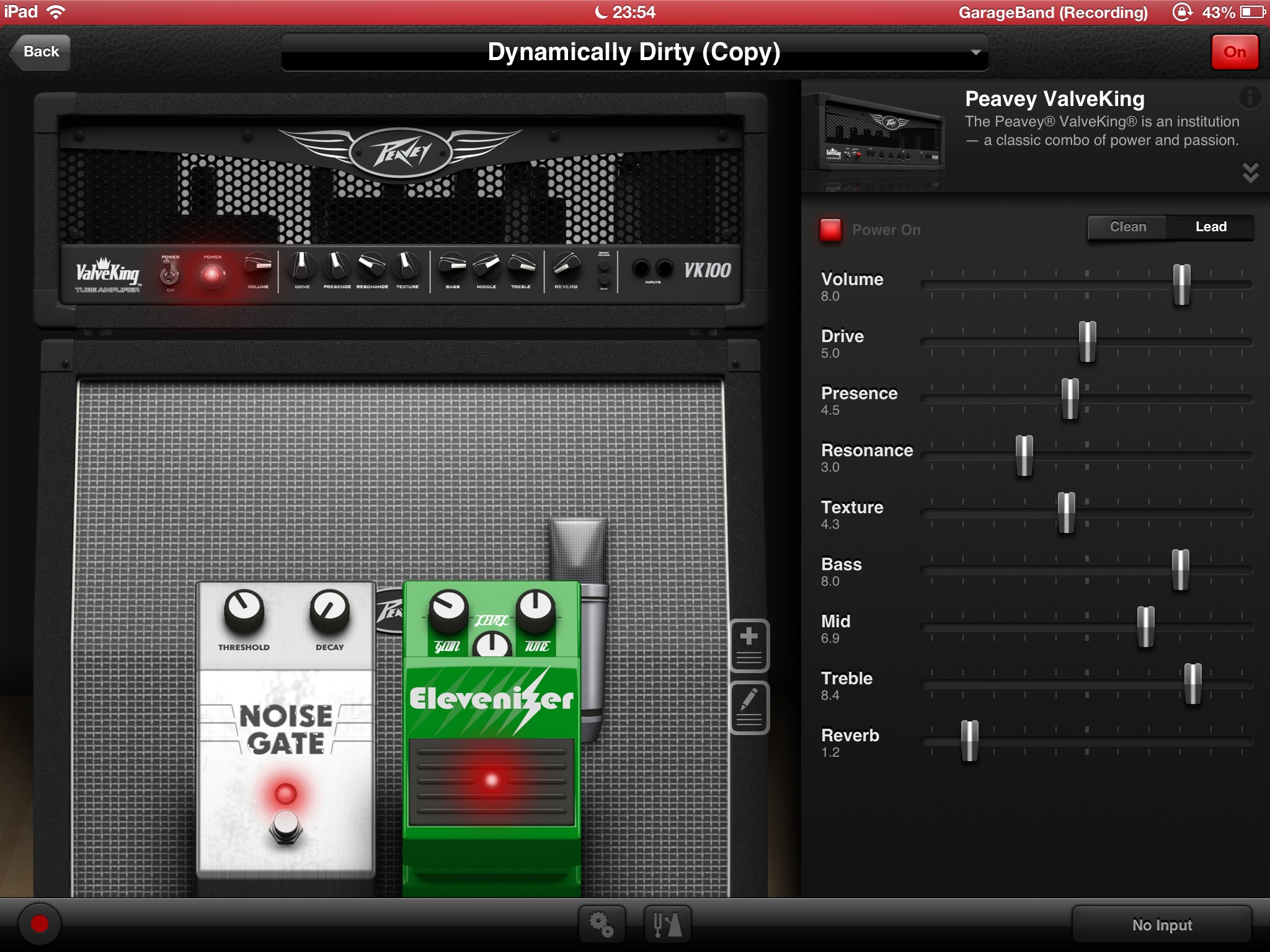
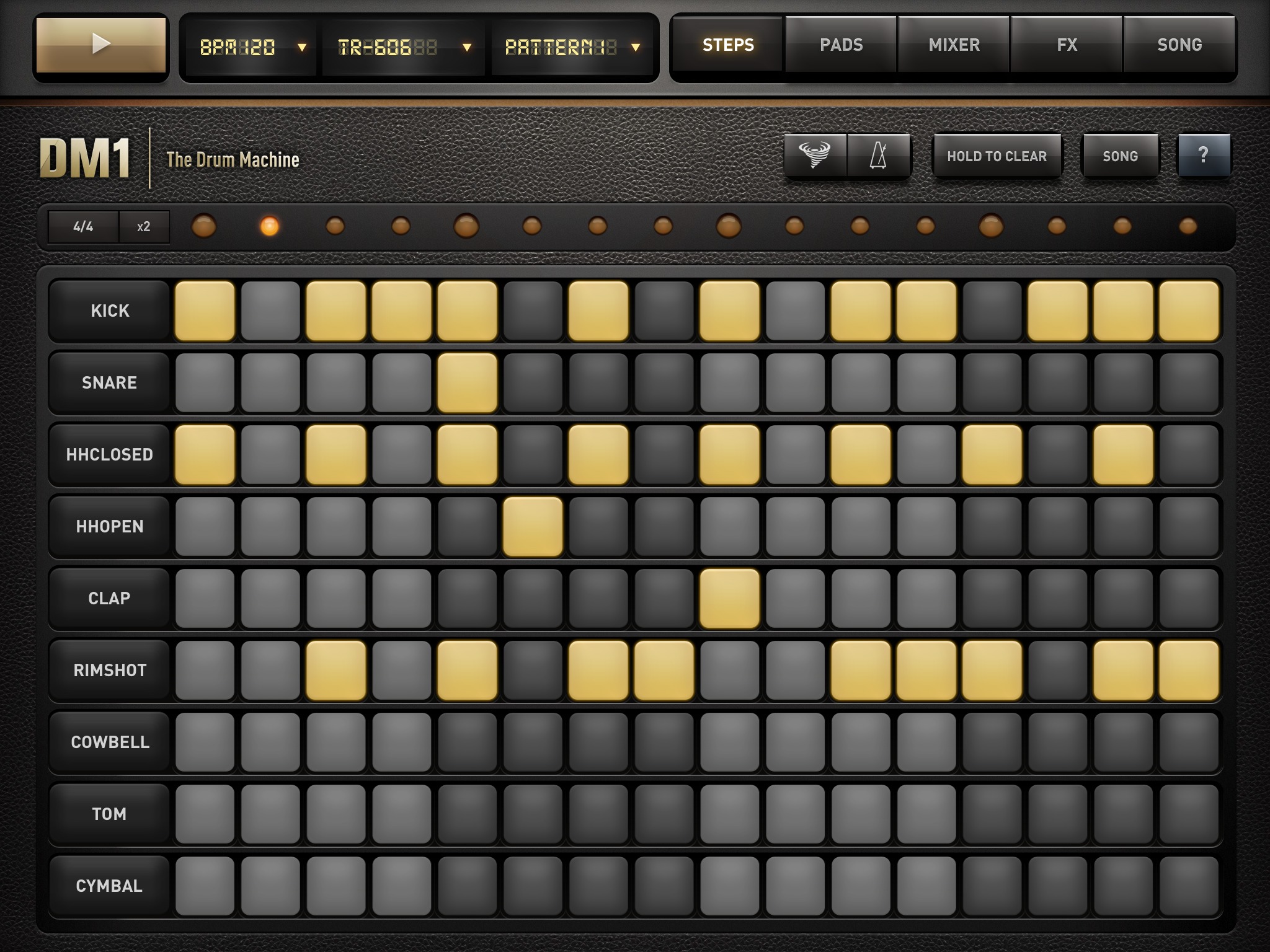
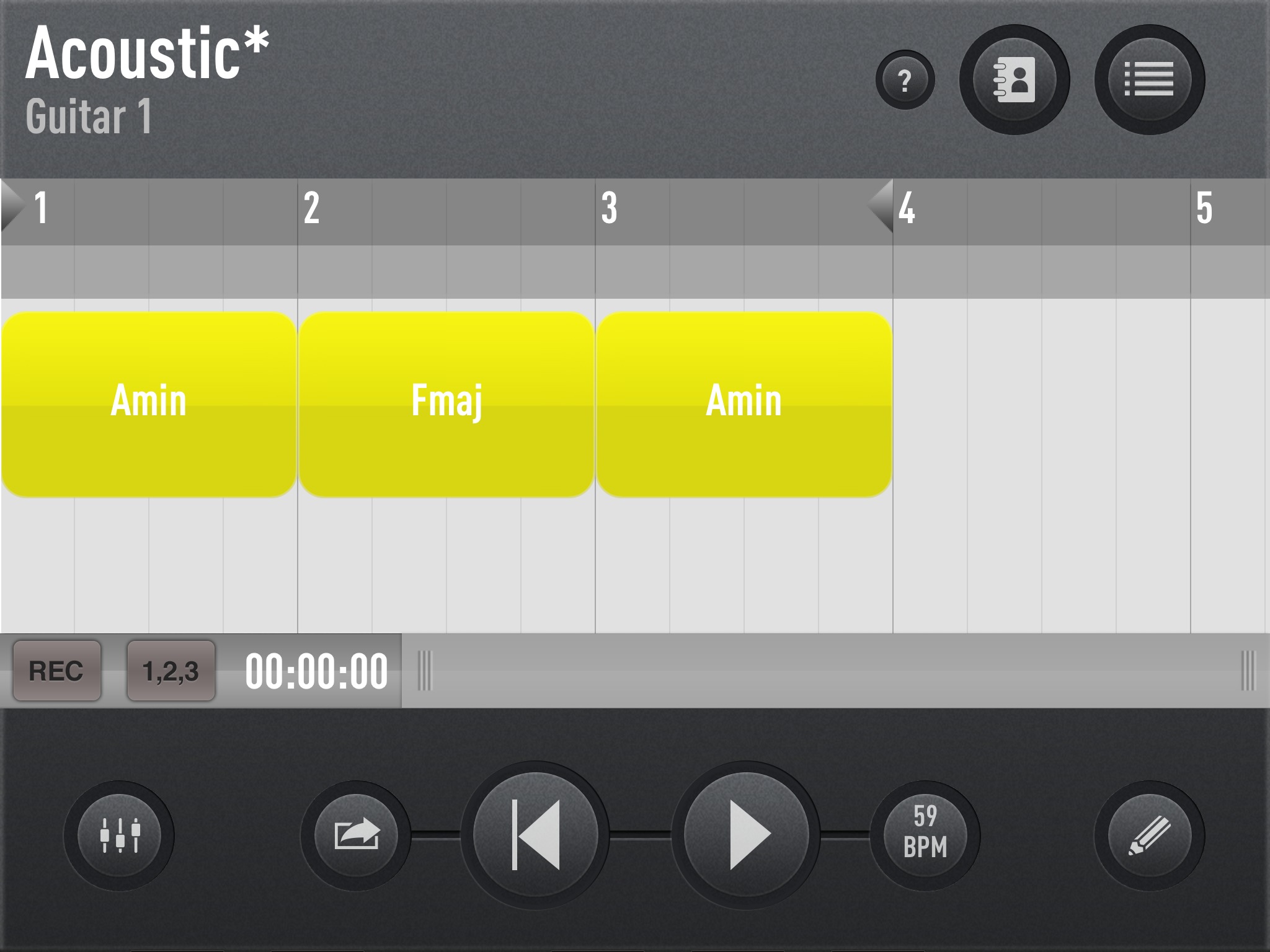
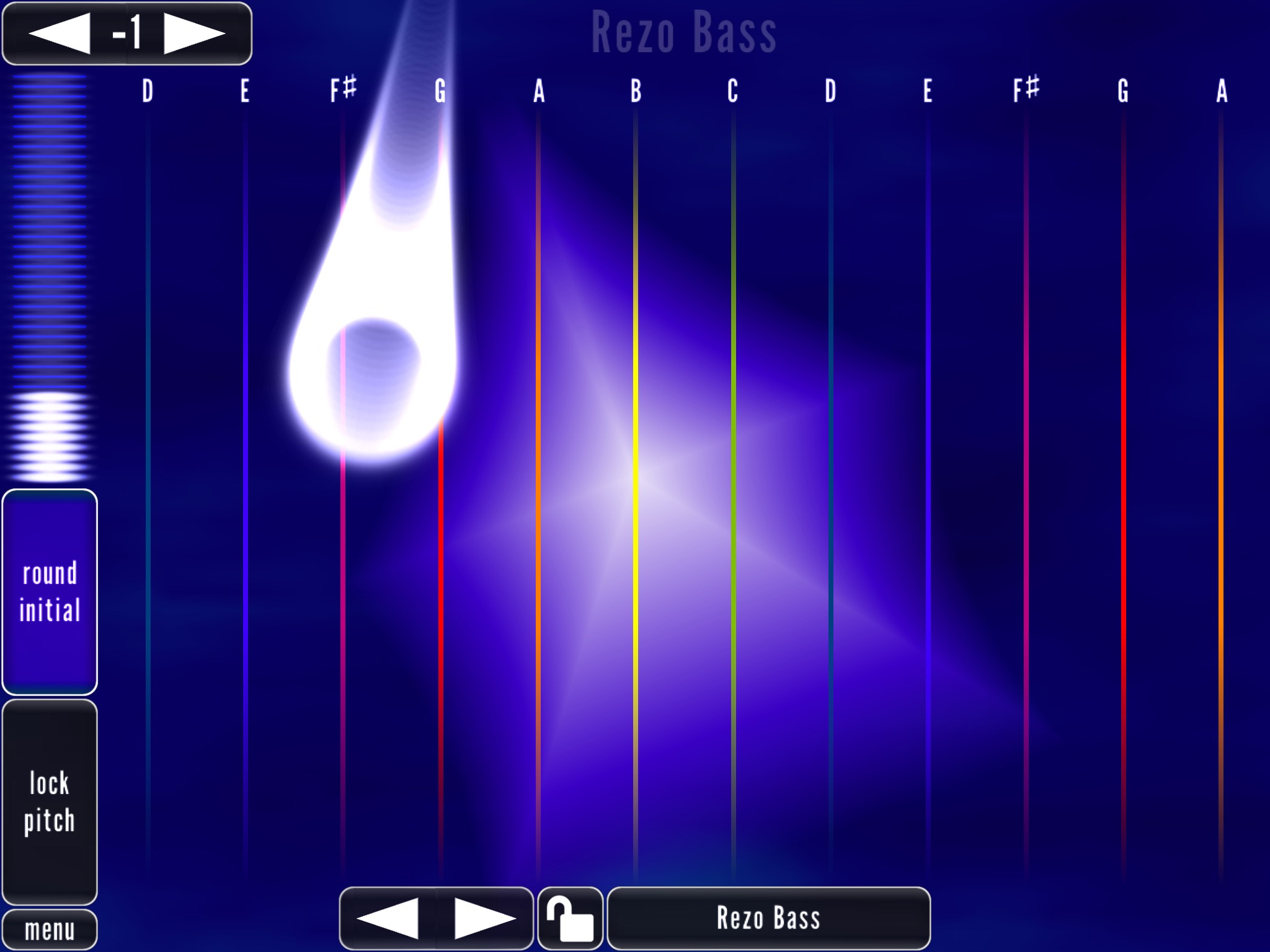
Yep, Audiobus really transforms apps from toys to serious tools. And while I agree that Garage Band is a must-have, it's such a shame the Audiobus implementation is output only. I wonder why? For me this is the opposite of what I need. GB is great for creating sounds and riffs but its 8 track limit and lack of FX/EQ mean that you need to finish off tracks in another app (Cubasis, Auria etc). However the output-only Audiobus implementation prevents you from doing this.
Very good point. I especially love the Strings in GarageBand. It's pretty frustrating hitting the 8 track limit...
If you're using Audiobus, you should probably hold off on iOS 7 for a bit...
http://www.themusicnetwork.com/music-news/industry/2013/09/30/publications-and-developers-urging-musicians-not-to-upgrade-to-ios7/